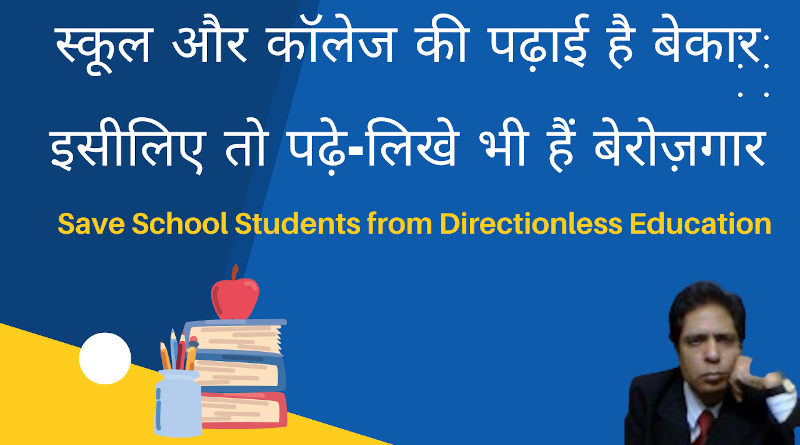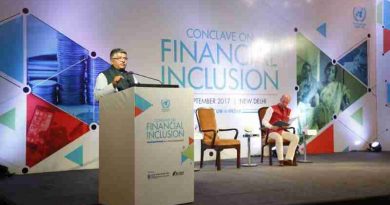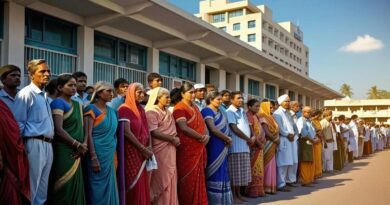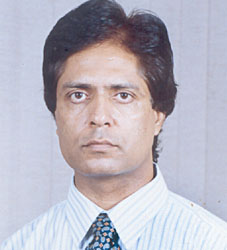India’s Education Crisis and the Learning for Earning Framework
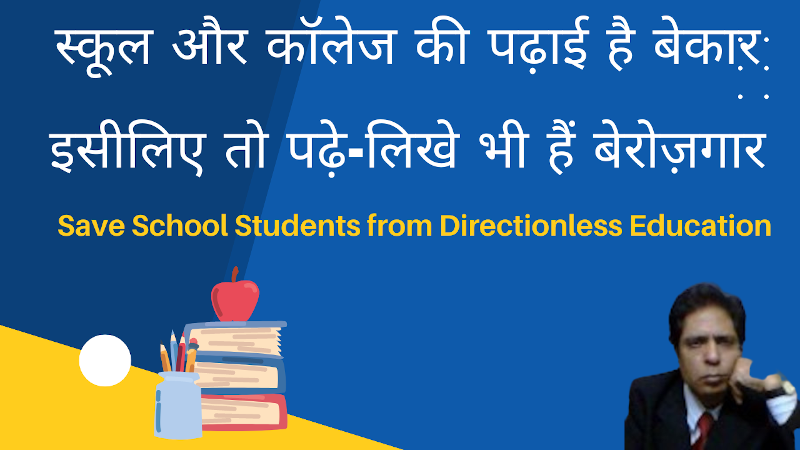
India’s Education Crisis and the Learning for Earning Framework
Both government and private schools teach “obsolete subjects” that are disconnected from modern job market demands.
“School Education Report to Make Students Employable” by Rakesh Raman
The education crisis in India is explained with the following questions and answers.
1. What is the central concern raised by the RMN News report regarding India’s education system?
The RMN News report, authored by Rakesh Raman, critically assesses India’s current school education system as “bad,” “deteriorating,” and “irrelevant to the job market.” The core concern is that this educational crisis is a primary driver of the country’s severe youth unemployment, as the existing curriculum and teaching methods fail to equip students with the skills needed for contemporary jobs.
2. What specific criticisms does Raman’s report level against the current educational practices in India?
Raman’s report highlights several key deficiencies:
Obsolete Curriculum: Both government and private schools teach “obsolete subjects” that are disconnected from modern job market demands.
Archaic Teaching Methods: Teachers use “archaic pedagogical methods” and an “ineffective book-to-board approach.”
Poor Teacher Qualifications: Teachers are deemed “not fully qualified to teach contemporary subjects.”
Ineffective Exams: “Unnecessarily multiple exams” do not contribute to academic development.
Flawed Policies: State and national education policies are considered “so flawed that they fail to improve the quality of education.”
Lack of Employability: After 12 years of schooling, students are “totally confused and not equipped for higher education needed for employment,” with subjects like math, science, and basic computer applications being irrelevant for “about 99% of students.”
3. What is the “Constructive Education Framework (CEF)” proposed by Rakesh Raman, and what is its main objective?
The “Constructive Education Framework (CEF)” is a radical alternative model of school education proposed by Raman’s report. Its main objective is “Learning for Earning,” aiming to directly connect education with employability. The CEF seeks to:
Focus heavily on skills development.
Teach “hybrid job skills” required in future markets.
Promote self-learning techniques.
Ultimately, make students “fully employable” after 14 years of education, including two years of on-the-job training, potentially rendering traditional college and university education “redundant.”
4. How does the proposed CEF structure primary and higher education?
The CEF envisions a 14-year education period.
Primary Education (first five years): Focuses on foundational subjects such as Arithmetic, English, IT, Moral Education, and a local language.
Higher Education (6th to 12th year): Divided into four specialized streams: Humanities, STEM (Science, Technology, Engineering, and Math), Commerce or Trade, and Specialized Domains like AI, Human Rights, and Governance. This is followed by two years of on-the-job training.
5. What is the Indian Ministry of Education’s response to Raman’s report?
The Ministry of Education’s Department of School Education & Literacy acknowledged receipt of Raman’s report. They stated it had been “circulated within the Department for ‘perusal and appropriate action'” and would be “incorporated in policy measures if found suitable.” While acknowledging the concerns, the Ministry also highlighted its existing initiatives aligning with skill development.
6. What existing government initiatives does the Ministry of Education highlight to address employability concerns?
The government emphasizes its ongoing efforts under:
National Education Policy (NEP) 2020: Aims for at least 50% of students in school and higher education to gain exposure to skill education by 2025.
Samagra Shiksha initiative: Currently provides skill programs in about 80% of schools, with 40% of secondary students enrolled in skill courses.
Vocationalisation of School Education (VSE): A key focus under Samagra Shiksha, aiming to transform secondary schools into “Skill Hubs” offering industry-relevant trades based on local economic contexts, facilitating direct school-to-work transitions.
Collaboration with World Bank: A detailed report, ‘Jobs at Your Doorstep: A Jobs Diagnostic for Young People in Six States,’ reinforces the need for skill development and vocational education integration.
7. What is the significance of “Skill Hubs” in the government’s strategy?
“Skill Hubs” are a crucial component of the government’s strategy under the “Vocationalisation of School Education” (VSE) within Samagra Shiksha, aligned with NEP 2020. The idea is to transform secondary schools into these hubs to offer industry-relevant trades tailored to local economic needs.
This initiative aims to strengthen the direct “school-to-work transitions” for students, enhancing their employability and addressing the disconnect between education and job market demands.
8. What are some of the other recommendations made in Raman’s report beyond the CEF structure?
Beyond the Constructive Education Framework, Raman’s report suggests several improvements, including:
Appointing qualified teachers and bureaucrats.
Implementing Service-Level Agreements for teachers.
Banning private tuitions.
Refocusing educational expenditure on curriculums, qualified teachers, and book content rather than solely on infrastructure.
Download Report: You can click here to download and study Raman’s report.
💛 Support Independent Journalism
If you find RMN News useful, please consider supporting us.

